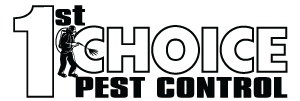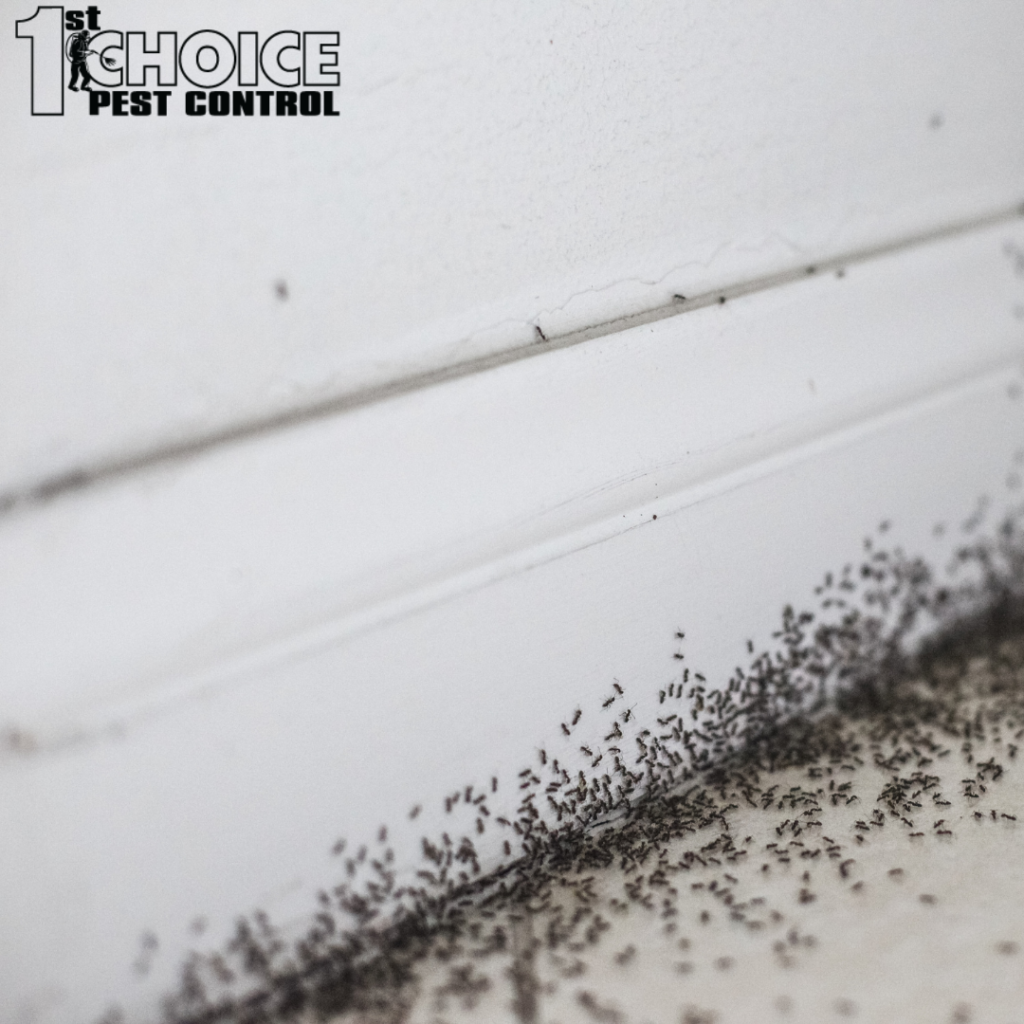Safeguarding Your Well-Being: Understanding the Impact of Pest Infestations on Your Health
When it comes to pest infestations, the consequences go beyond mere annoyance and property damage. Pests can pose significant risks to your health and well-being. Understanding the impact of pest infestations on your health is crucial for taking proactive measures to protect yourself and your loved ones. This blog post aims to shed light on the various health risks associated with pest infestations and provide valuable information on preventive measures. By increasing awareness about these risks, we empower homeowners to take action and create a healthy living environment that is free from the dangers of pest-related health issues. Let’s explore the impact of pests on your well-being and discover how you can safeguard your health.
Common Health Risks Associated with Pest Infestations
A. Diseases transmitted by pests (e.g., mosquitoes, ticks, rodents):
Pests such as mosquitoes and ticks can transmit diseases like West Nile virus, Lyme disease, dengue fever, and Zika virus. Rodents, including mice and rats, can carry harmful bacteria such as salmonella and leptospirosis. These diseases can cause a range of symptoms, from mild discomfort to severe illness, and may require medical intervention.
B. Allergic reactions to pest droppings, saliva, or shed skin:
Many individuals are susceptible to allergies triggered by pests. Cockroach droppings, dander, or shed skin can lead to allergic reactions and asthma attacks in sensitive individuals. Bee or wasp stings can cause severe allergic reactions, sometimes leading to anaphylaxis, a life-threatening condition.
C. Respiratory problems caused by pest allergens or airborne particles:
Pests like dust mites, cockroaches, and rodents can release allergens into the air, triggering respiratory issues such as asthma, allergic rhinitis, and bronchitis. Breathing in these allergens can worsen existing respiratory conditions and compromise lung function, especially in vulnerable individuals such as children and the elderly.
D. Secondary effects like stress, anxiety, and sleep disturbances:
Living with a pest infestation can take a toll on mental well-being. Persistent pests can cause stress, anxiety, and sleep disturbances as individuals constantly worry about the presence of pests in their homes. The fear of bites, contamination, or property damage can lead to a decline in overall quality of life and affect sleep patterns and daily activities.
Pest infestations are not only a nuisance but also have significant implications for your health. Understanding the potential health risks associated with pests underscores the importance of taking preventive measures to minimize exposure and maintain a healthy living environment. By being aware of these risks, homeowners can prioritize timely intervention and seek professional pest control services to mitigate the dangers to their well-being.
Identifying Signs of Pest Infestations
A. Visible signs of pest presence (e.g., droppings, nests, bite marks):
One of the key indicators of a pest infestation is the presence of visible signs. Droppings left by rodents or insects, such as small black pellets or tiny specks, can be found in areas where pests frequent. Nests constructed by pests, such as birds or wasps, may be visible in attics, eaves, or trees. Bite marks on food packaging or furniture can suggest the presence of pests like rats or insects.
B. Unusual odors or noises indicating pest activity:
Certain pests emit distinct odors that can be an indication of their presence. For example, a musty smell might suggest a mold or mildew problem caused by excess moisture, which can attract pests. Additionally, pests like rodents or termites may produce scratching, scurrying, or gnawing noises, especially during nighttime, indicating their activity within the walls or attic.
C. Symptoms of allergic reactions or respiratory issues in occupants:
If individuals in the household experience persistent allergic symptoms such as sneezing, coughing, itching, or difficulty breathing, it may be a sign of a pest infestation. Allergies or respiratory issues that worsen when at home but improve when away could indicate exposure to pest allergens or irritants within the living environment.
D. Structural damage caused by pests (e.g., chewed wires, gnawed wood):
Pests can cause significant damage to the structure of a home. Chewed wires, gnawed wood, or shredded insulation are telltale signs of pests like rodents. Termites can create tunnels in wooden structures, compromising their stability. Damage to walls, ceilings, or flooring that appears unexplained or unusual may be indicative of pest activity.
Identifying signs of a pest infestation is crucial for early detection and prompt action. Regular inspections of your home, both indoors and outdoors, can help uncover any signs of pests before the infestation worsens. If any of these signs are observed, it is important to take appropriate measures to address the issue, either through DIY methods or by contacting a professional pest control service. Early intervention can prevent further damage and minimize health risks associated with pest infestations.
Prevention and Control Measures
A. Maintaining cleanliness and proper sanitation practices:
Impact of Pest Infestations on Your Health. Keeping a clean and well-maintained home is an essential step in preventing pest infestations. Regularly clean and vacuum all areas of the house, paying special attention to kitchens, dining areas, and storage spaces where food particles can attract pests. Dispose of garbage promptly in sealed bins and ensure proper waste management to avoid attracting pests.
B. Sealing entry points to prevent pest access:
Pests can enter homes through small cracks, gaps, or openings in walls, windows, doors, and utility lines. Inspect the exterior of your home and seal any potential entry points using caulk, weather stripping, or mesh screens. Repair damaged window screens and ensure that doors have proper seals to prevent pests from gaining entry.
C. Regular inspections to detect and address pest issues early:
Conduct regular inspections of your home to identify any signs of pest activity. Check for droppings, nests, chewed wires, or structural damage. Pay attention to areas where pests are commonly found, such as basements, attics, and crawlspaces. Early detection allows for prompt action, minimizing the extent of an infestation and reducing the associated health risks.
D. Effective waste management and proper food storage:
Proper waste management is crucial in deterring pests. Use sealed garbage bins and dispose of waste regularly. Store food in airtight containers and keep countertops, cabinets, and pantry areas clean and free from crumbs or spills. Clean up food and beverage spills immediately to avoid attracting pests and creating potential breeding grounds.
E. Professional pest control services for comprehensive prevention and treatment:
In cases of severe or persistent infestations, it is advisable to seek professional pest control services. Pest control professionals have the knowledge, experience, and tools to identify and address infestations effectively. They can develop a tailored treatment plan that targets specific pests while minimizing the risks to human health and the environment. Regular pest inspections and preventive treatments can help ensure long-term pest management.
Protecting Your Well-Being: Practical Tips
A. Practicing personal hygiene to reduce exposure to pests:
Maintain good personal hygiene practices to reduce the risk of pest-related health issues. Wash hands thoroughly after handling potential pest-infested areas or objects. Keep nails trimmed to minimize the risk of harboring pests and their bacteria.
B. Using protective gear when handling potential pest-infested areas:
When dealing with areas suspected of pest activity, such as attics or crawlspaces, wear appropriate protective gear. Use gloves, masks, and long-sleeved clothing to minimize direct contact with pests, droppings, or nesting materials.
C. Seeking medical attention for suspected pest-related health issues:
If you experience persistent symptoms or suspect that your health issues are related to pest exposure, consult a healthcare professional. They can assess your condition, provide appropriate treatment, and offer guidance on managing allergies, respiratory issues, or other health concerns related to pests.
D. Creating a healthy living environment through cleanliness and proper maintenance:
Consistently maintaining cleanliness and implementing proper maintenance practices in and around your home contributes to a healthy living environment. Regular cleaning, proper waste management, and addressing any structural issues or leaks promptly can reduce the conditions that attract pests and minimize the associated health risks.
By following these preventive measures and practical tips, homeowners can significantly reduce the likelihood of pest infestations and the potential health risks they pose. Prioritizing prevention, cleanliness, and regular inspections, along with seeking professional pest control assistance when necessary, ensures a safer and healthier living environment for you and your family.
The Role of Professional Pest Control Services
A. Importance of professional inspections for accurate identification and treatment:
Professional pest control services provide expert inspections to accurately identify the type and extent of pest infestations. Their trained technicians can identify hidden or hard-to-detect areas where pests may be present, ensuring comprehensive treatment measures.
B. Expert knowledge and specialized techniques to address pest infestations:
Pest control professionals have extensive knowledge of pest behavior, biology, and treatment methods. They can employ specialized techniques, such as targeted baits, traps, or environmentally friendly pesticides, to effectively control and eliminate pests while minimizing risks to human health and the environment.
C. Safe and effective pest control methods to minimize health risks:
Professional pest control services prioritize the safety and well-being of homeowners. They employ safe and effective pest control methods that are tailored to the specific pest infestation and minimize potential health risks associated with pest treatments.
D. Ongoing monitoring and maintenance for long-term pest prevention:
Beyond initial treatment, professional pest control services offer ongoing monitoring and maintenance plans. Regular inspections and preventive treatments help ensure that pests are kept at bay and that any potential infestations are detected early, preventing future health risks and property damage.
Professional pest control services provide a comprehensive and proactive approach to pest management, ensuring the well-being of homeowners and their properties. By leveraging their expertise, homeowners can have peace of mind knowing that their pest-related concerns are being addressed effectively and responsibly.



 Service Request
Service Request